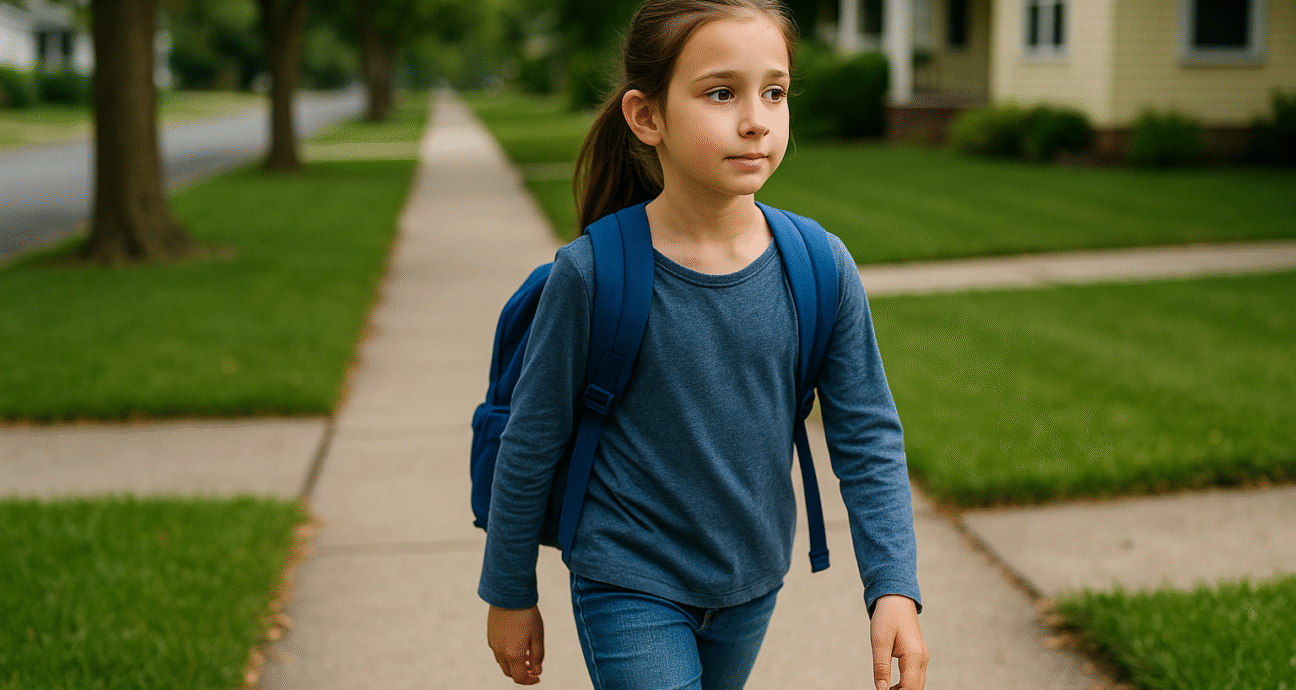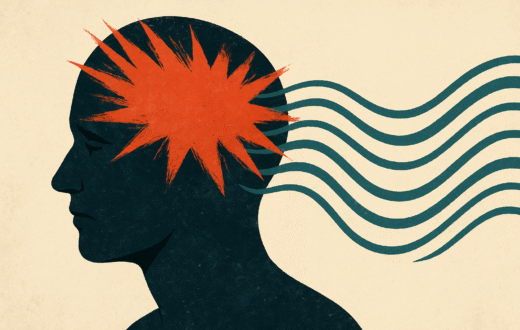A New Path to Treating Childhood Anxiety

Childhood anxiety continues to rise, leaving many parents uncertain about how to help. While instinct often drives parents to become more involved, research now suggests that excessive involvement might be part of the problem.
Statistics are concerning. In recent surveys by the CDC, one in five adolescents reported symptoms of anxiety, and rates of depression and self-harm have increased dramatically. Despite wider access to psychotherapy, many young people are not getting better—and some treatments can unintentionally reinforce anxiety by focusing too much on self-reflection and emotional rumination.
Traditional Cognitive Behavioral Therapy (CBT) remains the gold standard, especially its exposure therapy component, which helps patients confront rather than avoid their fears. Yet, only a small percentage of therapists use exposure techniques, partly because parents and children find them too uncomfortable.
Dr. Camilo Ortiz, a clinical psychologist from Long Island University, offers an alternative: Independence Therapy. Instead of focusing directly on fear, this approach encourages children to do one new activity independently every day—simple things like taking a bus alone, cooking without help, or walking to a friend’s house. These are “hidden exposures” to risk and uncertainty that build real-world confidence without the stress of formal therapy.
Ortiz calls these “Trojan horse exposures” because children enjoy the activities while unknowingly reducing their anxiety. Early studies show that this method reduces anxiety faster than traditional CBT, sometimes within just two weeks.
Modern parenting often overemphasizes safety and control. But real resilience grows through challenge, not protection. When children experience mistakes and solve problems on their own, they develop true confidence—the kind that comes from proof, not praise.
As Dr. Ortiz notes, “Kids don’t need perfect conditions. They need practice dealing with life.”




